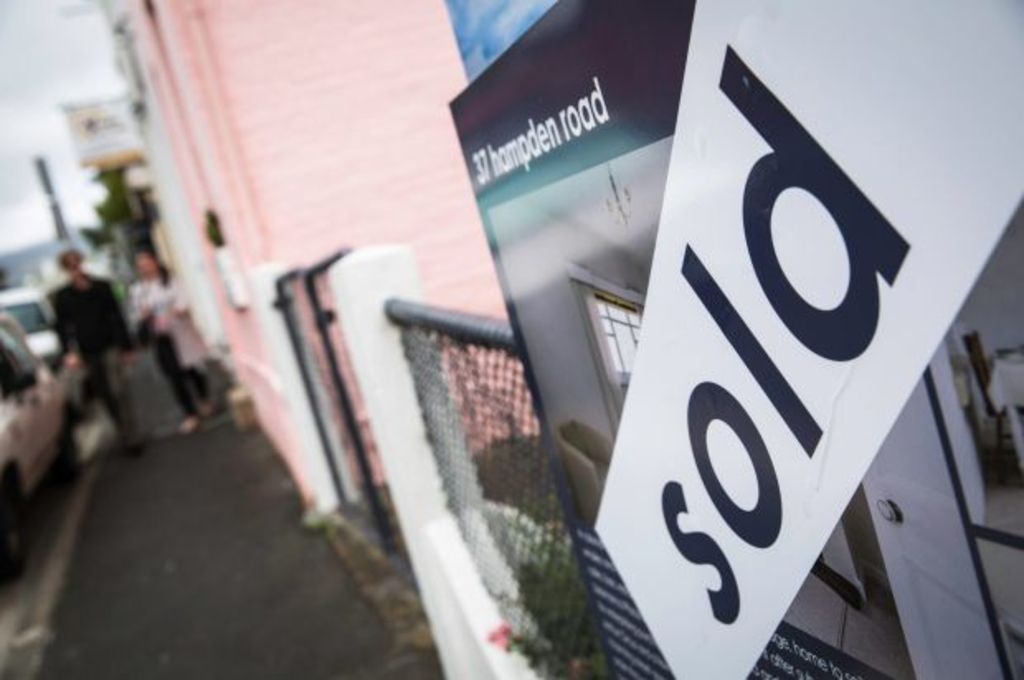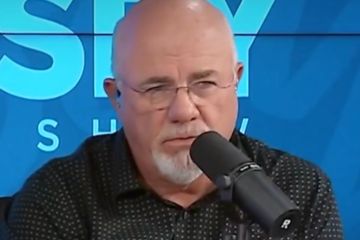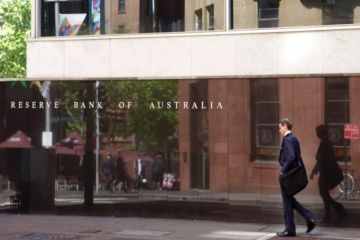ABS data shows surge in first home buyers after stamp duty offer

Stamp duty concessions offered to first home buyers in New South Wales and Victoria have caused a flurry of activity among the once down-and-out group, with today’s housing finance figures showing a significant jump in lending to first-time buyers.
August housing finance figures showed the first home buyer segment surged, alongside another increase in investor lending, with commentators noting the Bureau of Statistics figures appear to justify stamp duty concessions.
“The value of first home buyer commitments in August was 40 per cent higher than a year ago,” ANZ senior economist Daniel Gradwell said.
“New stamp duty incentives in New South Wales and Victoria have supported jumps of 55 per cent and 35 per cent respectively in the value of first home buyer commitments in just two months”.
Over the same period, first home buyer activity in WA, Tasmania and the ACT – where the stamp duty remains unchanged – saw much more modest growth at less than 10 per cent.
But Mr Gradwell warned first home buyer demand was likely unsustainable given “ongoing affordability issues”.
The offering from NSW and Victorian state governments is that first home buyers will be exempt from stamp duty for properties under $650,000 and $600,000 respectively and pay a reduced tax amount for properties up to $800,000 and $750,000.
The response was immediate, with Domain reporting that more than 2100 Victorians had taken advantage of the scheme between July 1 and September 23.
Believe it or not: one of the big drivers of the mortgage market this year has been first home buyers #property pic.twitter.com/z9I35a9dH5
— Callam Pickering (@CallamPickering)
October 12, 2017
Other state governments will be taking note as the impact of NSW and Victorian stamp duty concessions becomes clear, according to economist Stephen Koukoulas.
“To the extent that stamp duty is a deterrent and inefficient tax, and a bad tax, and all those other things… the fact that there’s stamp duty relief in NSW and Victoria has reduced one of the hurdles for first home buyers to get into the market,” Mr Koukoulas told Domain.
“It just makes it that fraction easier if that extra $10,000, $20,000 or $30,000 can go into the deposit rather than tax.”
17.2% of new loans were for first home buyers in August:
Average of last 15 years is 17.4%— Stephen Koukoulas (@TheKouk)
October 12, 2017
Meanwhile, efforts from the Australian Prudential Regulation Authority to curb soaring investor lending have been shown to fall flat for at least another month, with analysts not expecting such a strong showing from investors.
“The value of housing finance approvals to investors posted a surprisingly strong 4.3 per cent gain, more than reversing July’s pull back to be up 6.5 per cent [for the year],” Westpac economist Matthew Hassan wrote.
“This is despite recent macro prudential measures targeting interest-only loans that would have impacted investor activity more heavily.”
We recommend
We thought you might like
States
Capital Cities
Capital Cities - Rentals
Popular Areas
Allhomes
More







